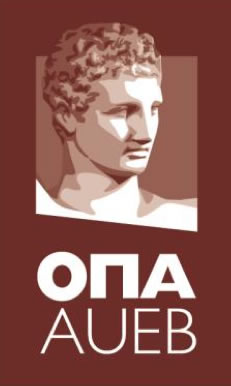The "Educating Teachers through Art-TEPArt AUEB" Initiatives
"If you do not find Spring you make it ..."
Odysseus Elytis
The scientific team responsible for the Innovative Action: Dr Vasiliki Brinia - Head of the Action, Dr Eirini Giannimara, Christina Panagopoulou, Tatiana May-Kallergi, George Stamatakis.
Linking the Action with the strategy and the needs of AUEB
AUEB is one of the country's top Universities, which has a vision of being recognized internationally as a center of excellence. This goal means modern curriculum, more effective pedagogical teaching methods, and an emphasis on linking theory to practice.
The vision of the Program is in line with the strategic plan of the AUEB for the years 2016-2021, which is excellence, extroversion and innovation in the education of prospective educators and future executives of education with values, emotional intelligence and leadership skills, with the goal of bringing administrative and educational innovation in the wider international environment.
Through the design and implementation of the Action, one of the main objectives of the Program is satisfied, which is the cultivation, through experiential learning, of core values for the education of the candidate teacher, such as respect, acceptance, empathy, creativity, critical thinking, cooperation, freedom and justice.
"Ancient Greeks called "Culture", "Paideia"(education), which was connected with the multifaceted cultivation of the personality of man through his contact with all forms of art"
G. Babiniotis
Vision of the Initiative
This Action helps to look through the multilevel approach for the deeper essence and value of the student / human. At the same time, it allows us to oppose to the modern humanitarian crisis (war, refugee crisis, bullying), the Greek humanism and the Arts, drawing from our rich civilization the human-centeredness, based not on individualism but on the harmonious co-operation and integration of man first in small communities (school, university) and later in the wider society.
Through this vision, we are associated with the words of 1993 Peace Nobelist, Nelson Mandela that "education is the most powerful weapon we can use to change the world."
Goals of the Initiative
The main goals of the Initiative, which includes experiential and anthropocentric activities, are for each student:
To acquire a theoretical and empirical background as well as ideas for ways of incorporating art into the teaching of economics and computer science in schools by associating their cognitive subjects with teaching ideas for their future students.
Be sensitized to the role of art in education as a way of expressing the individual differences and perceptions of students about the world.
To improve his/her teaching techniques through the cultivation of creativity and "out of the box thinking" so that the subjects of economics and computer science taught in the school are perceived not only verbally and logically, but also through imagination with materials, colors, sounds, etc.
To learn how to design, organize and implement artistic actions and events in economics and IT courses.
Scientific Foundations of Action
As far back as 1930, John Dewey had already suggested that the use of art in education should not be considered as "luxury" but as a factor of utmost importance for the cultivation of people's critical thinking and personality. Additionally, neuroscientists claim that through the stimulation of a person's emotions -also stimulated by Art - the "amygdala", the part of the brain responsible for controlling feelings and for constructivist memory, and therefore responsible for learning and memorizing, is activated (Sharpe & Schoenbaum, 2016).
In addition, David Perkins (1994) argues that through Art, trainees cultivate their rational intelligence and receptiveness in different views and move away from intransigence.
The methodological model that the Initiative develops in a spiral way, shares common elements and approaches with the Project Zero Program of the Harvard’s Graduate School of Education, where learning through and by the Arts is explored at all levels of education.
In this context, with such educational innovations, the present Initiative is introduced. More specifically, this is a teaching initiative by Dr. Vasiliki Brinia, who started experimentally in 2014 and is currently running two experiential workshops organized systematically from 2016 until today in the winter and spring semester of the curriculum.
Approach - Means
To deal with the self-directed learning of students, the teaching method follows a holistic, multilevel, experiential and group-centered approach. The following teaching method has a helical structure and has as its axes: a) the individual and group effort, b) the theoretical approach of the subject, and c) the empirical-experiential approach.
Partnerships for the Initiative
- Oslo University, Norway (Teaching Mobility ERASMUS+).
- Aalto University School of Arts, Helsinki (Teaching Mobility ERASMUS+).
- External activities in galleries, museums, theaters and on-the-spot discussions of students with specialists, actors, artists, etc.
- Internal actions at the AUEB with discussions of students with specialists, actors, artists, etc.
- Experimental workshops at the Athens School of Fine Arts
- Continuous artistic support of the students by the representatives of the School of Fine Arts through special workshops
Learning results
Some of the testimonies of the students who participated in the Action are as follows:
"I realized that teaching through art is one of the most important methods of experiential learning. Teachers from different disciplines can work together, while providing students with the opportunity to participate actively in the learning process and gain in-depth knowledge on a subject. "
"It helped me understand the problems, thoughts and feelings of people who migrate. I found myself in their place for a while. "
"It is a very important combination because it produces a lot of stimuli for both the cognitive and the emotional and psychological level. Of course I will use this approach in my teaching! "
Vasiliki Brinia with Nikos Tranos, Professor of ASFA, sculptor
The internal and external, innovative experiments that have been organized have shown over time and research to inspire self-directed learning among prospective teachers.
The Initiative has an important influence on the learning and progress of students-future teachers, which is revealed by both the extraordinary quantitative results that have emerged in recent years from the assessment of the students themselves by the AUEB’s quality assurance unit and the systematic qualitative educational research that has been carried out for many years by Dr. V. Brinia and has been announced at international and domestic educational conferences and magazines.
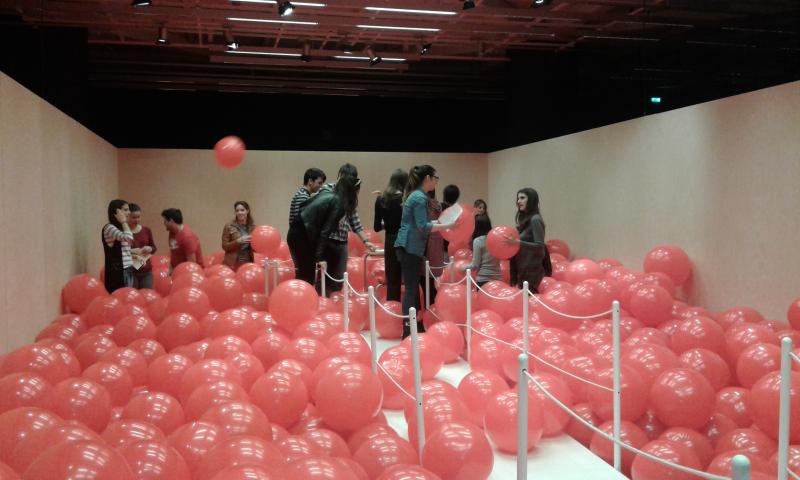
"Ό, τι κοιτάω με τη ματιά με θρέφει. Ό, τι κρατάω με την αφή με θρέφει."
Οδυσσέας Ελύτης
Annual Conferences "Art and Education"
2017: "Art and Education: Creative meetings"
2018: Art and Education 2018: "DIVERSITY IN SCHOOL: Different aspects and perspectives"
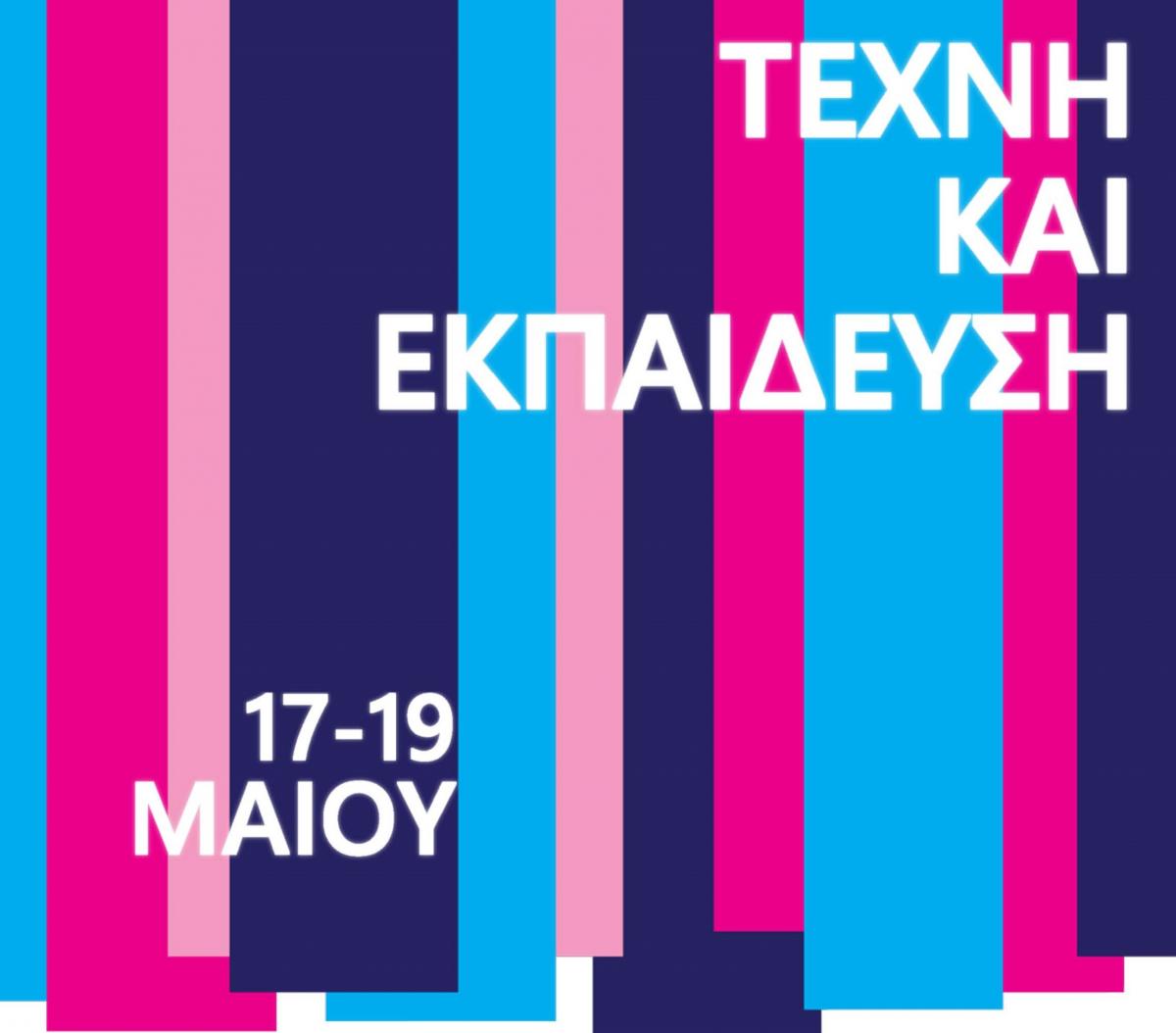
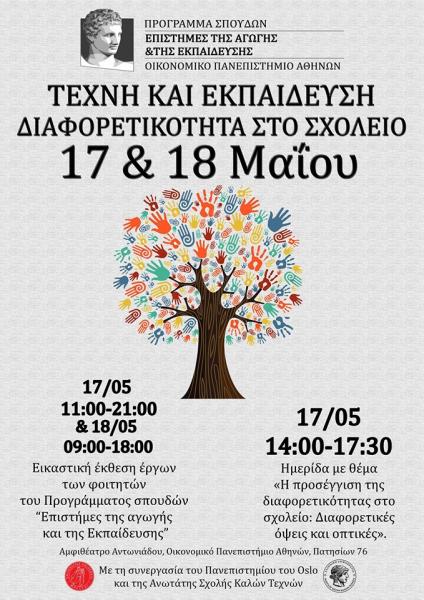
- Art and Education 2021: «Art and Education 2020-2021 Teacher: Facets and Perspectives»
- Art and Education 2020: «The Student: Facets and Perspectives»
- Art and Education 2019: «The Teacher: Different facets and perspectives»
- Art and Education 2018: «DIVERSITY IN SCHOOL: Different facets and perspectives»
Photo Collection
- Educational visit at a.antonopoulou.art - 12/12/2018
- Educational visit at 6th Athens Biennale - 5/12/2018
- TEP Annual Conference 2018
- Teaching Mobility of Professors (Oslo University, Stockholm University, Aalto University)
- Experiential Art Workshop with topic: "Art and Education" 23 Feb 2018 in Athens School of Fine Arts with a team of its artists.
- Center of the Arts of Athens Municipality: Exhibition of Giannis Gaitis' Artworks: "For young and old children". Educational visit on 11th February 2018 and discussion between the student-teachers and G. Gaitis' close partner, Michael Gavrilos.
- Onassis Cultural Center, February 2016, Experiential Workshop in Art Education at the installation "Future School"
Research Papers
- Brinia, V.,Giannimara, R., Psoni, P., Stamatakis, G., (2018). Teacher Education through Art: How to Teach Social Sciences through Artwork –The Student-Teachers’ Views, Global Journal of Educational Studies, 4(1), 57-68.
- Μπρίνια, Β., Σπανίδη, Μ. (2018). Τέχνες και Εκπαίδευση 2018: Η διαφορετικότητα στο σχολείο - Οι καλές τέχνες ως παιδαγωγικά εργαλεία για τη διαχείριση του φαινομένου στο σχολείο. Ξενοφών, 3, 58-61
- Brinia, V. (2015). The Art of Learning: Using artwork in teaching Economics. International Journal of Advanced Research, 3(9), 1500-1505.
- Brinia, V., Sokou, M., Stavrakouli, K. (2015). Teaching Economics in Secondary Education Through Modern Music: An innovative proposal. International Journal of Academic Research in Progressive Education and Development, 4(4), 31-43.
- Μπρίνια, Β., Βίκας, Ε. (2014). Καινοτομίες στη διδακτική μεθοδολογία των οικονομικών επιστημών στη Β/θμια εκπαίδευση: Η εισαγωγή της τέχνης στη διδασκαλία του μαθήματος «Αρχές Οικονομικής Θεωρίας» στη Γ’ Λυκείου. Νέα Παιδεία, 151, 129-144
Scientific responsible of the initiave: Dr Vasiliki Brinia



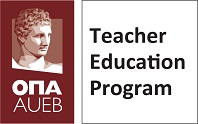

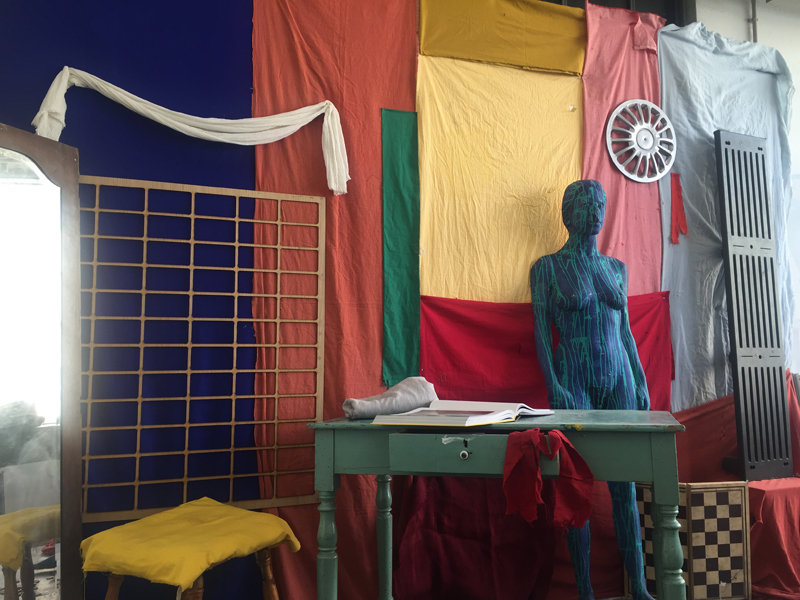
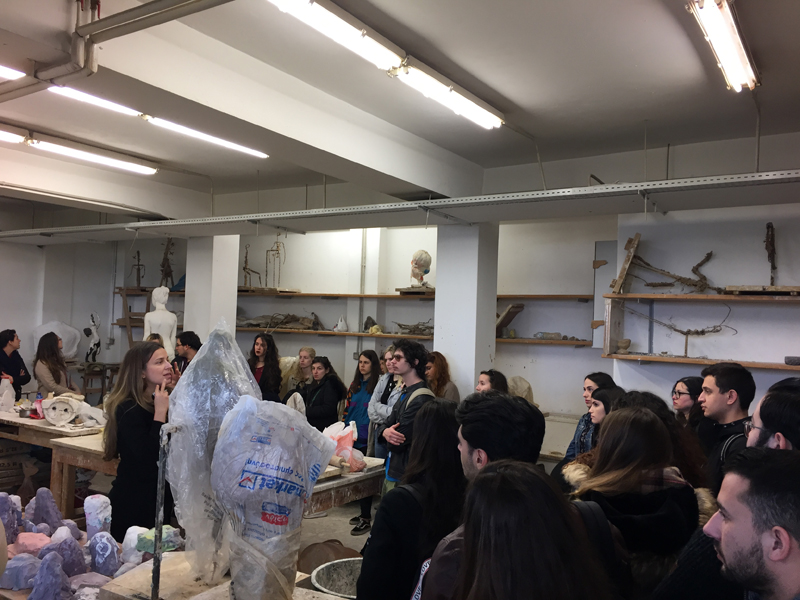
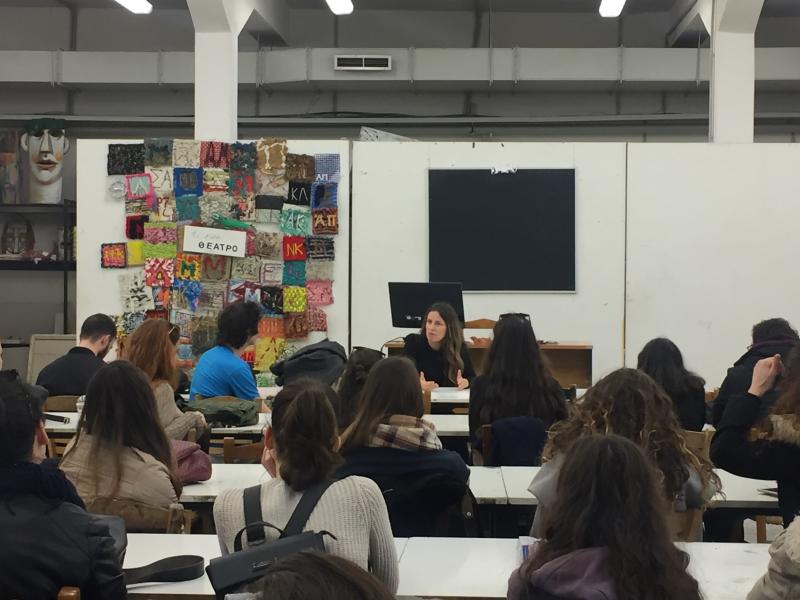
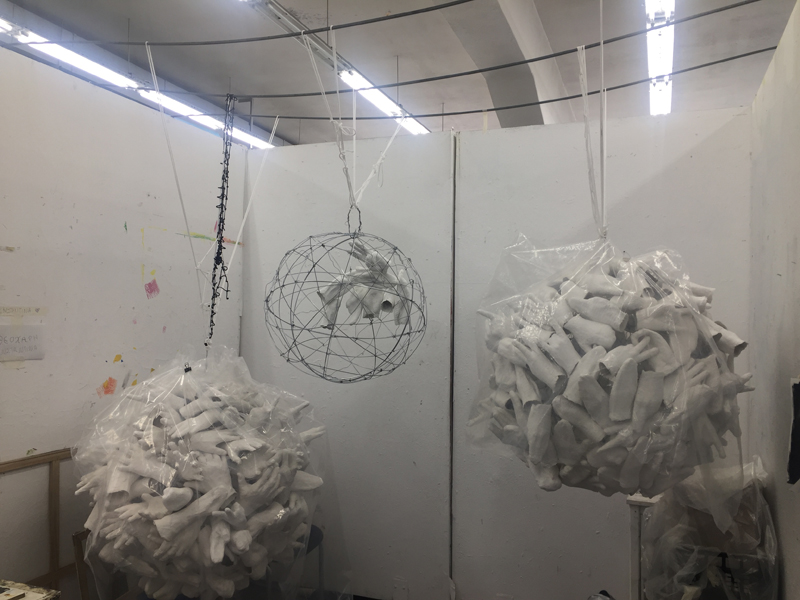
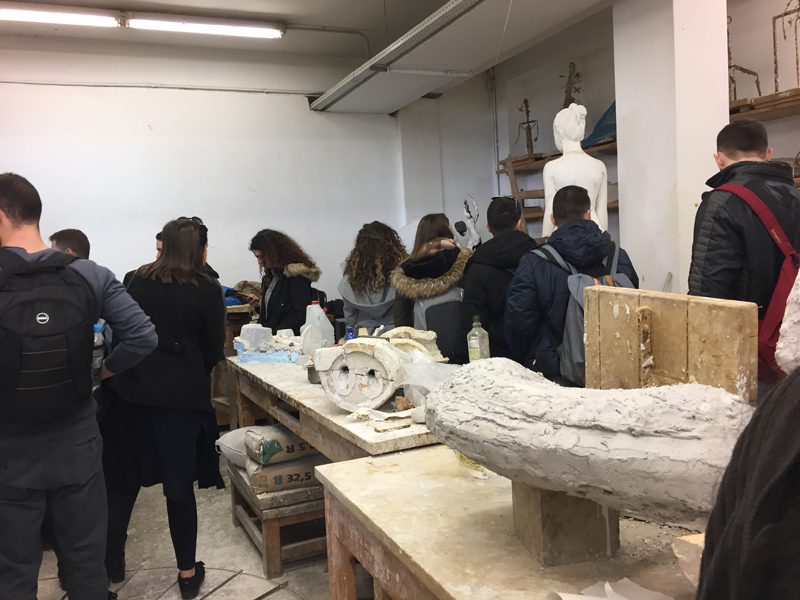
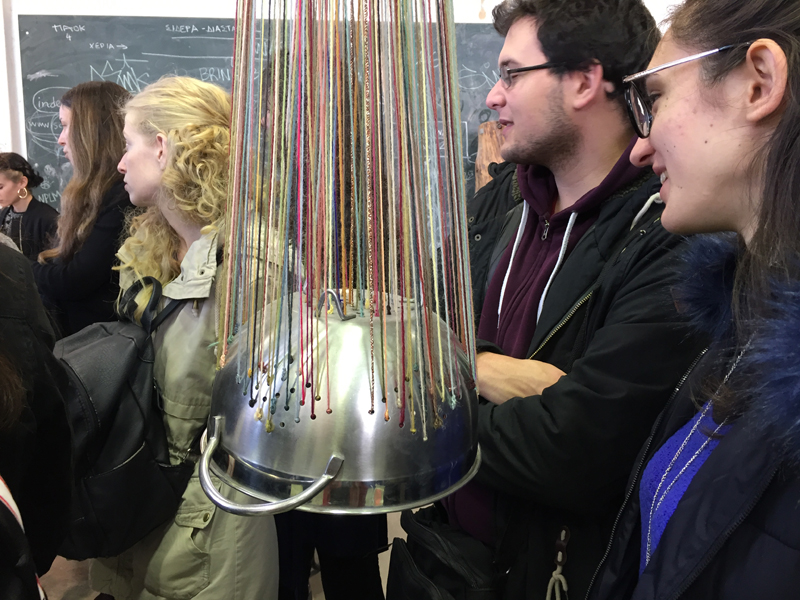
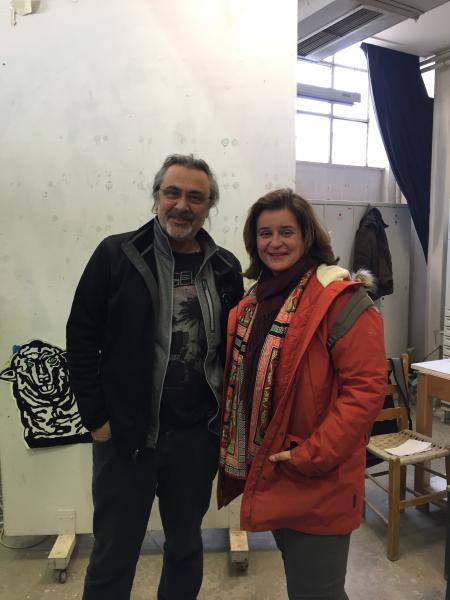

 76 Patission Str.
76 Patission Str.
